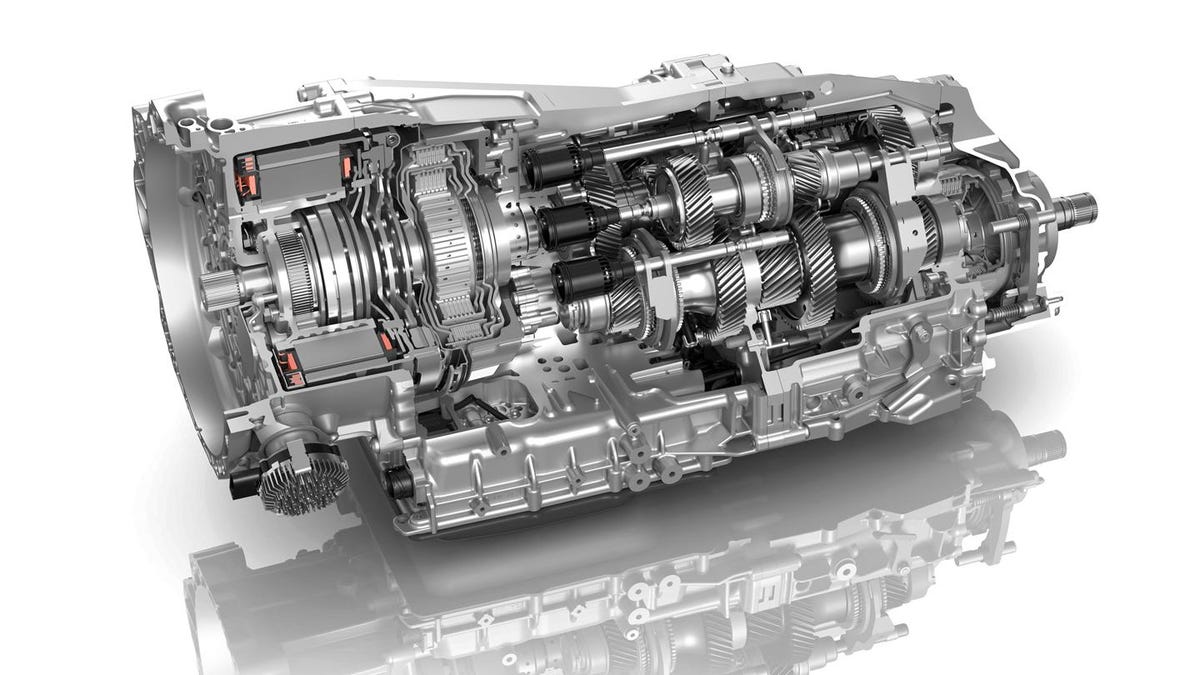What happened to the dual-clutch transmission?
Did this automatic manual gearbox miss the mark or change the industry?

The dual-clutch transmission (DCT) sounds like a nightmare to the uninitiated but in fact, it has no clutch pedal at all and both clutches are operated by a computer. All you do is put it in Drive or work the shift paddles and it handles the actual shifting. It offers the ease of an automatic with the performance of a manual. So has it taken over the car industry?
This year DCT's will be found in about 8.5 percent of all new cars shipped globally but only about 5 percent of new cars sold in the US where traditional automatic transmissions have a dominant 73 percent market share. The DCT's rarity in US cars isn't so much due to its failing but to the traditional automatic's strengths: What used to be derided as a "slushbox" is today a transmission with firm shifts, many gears, the best smoothness of all transmission types and a manufacturing scale that results in lower costs. The DCT remains a specialty product that costs more to offer, tends to be a little jerkier in everyday driving and doesn't offer a clear benefit to the average car buyer.
Ford, Honda and Fiat Chrysler all learned that the hard way when they offered DCT's on everyday cars in recent model years only to have buyers think their transmission was broken and, in Ford's case, file a class-action suit to prove it.
Mini has just put its plans for a DCT on US cars on the back burner, BMW's M line chief says the DCT will vanish from its performance line in a decade and Kia's new Stinger high performance sedan eschewed a DCT for a traditional automatic.
That said, the DCT should hang in there with "popularity" in the US at least equal to that of manual transmissions, proving that 5 percent can be enough market share to stay viable. But if you want to spot the real threat to the traditional automatic, keep an eye on Continuously Variable Transmissions (which are hated by purists in equal measure to their love of DCTs) ) and the growth of electric cars which don't really need a transmission at all. For now, the DCT doesn't appear to be the next big thing.

